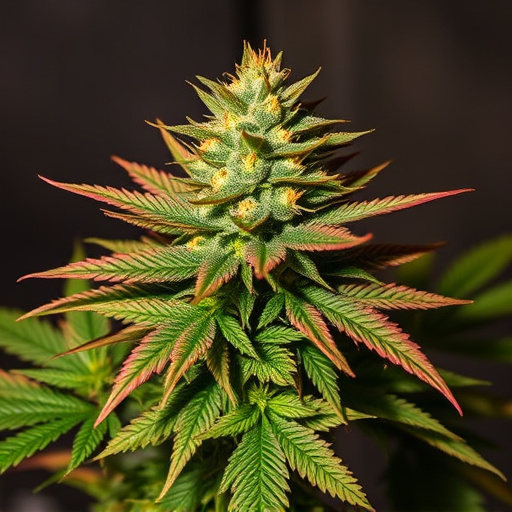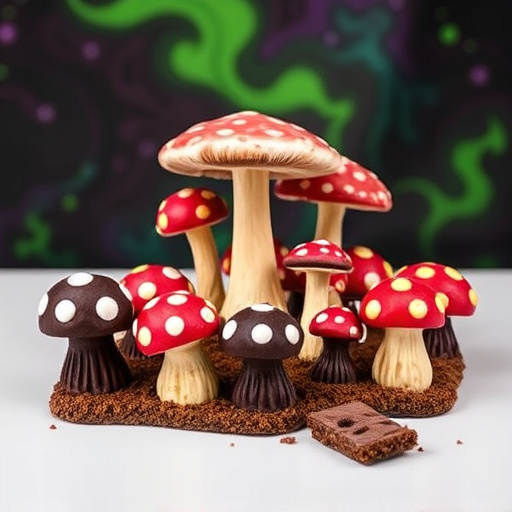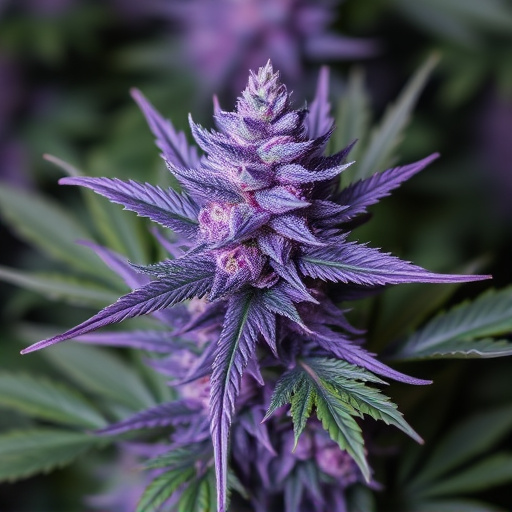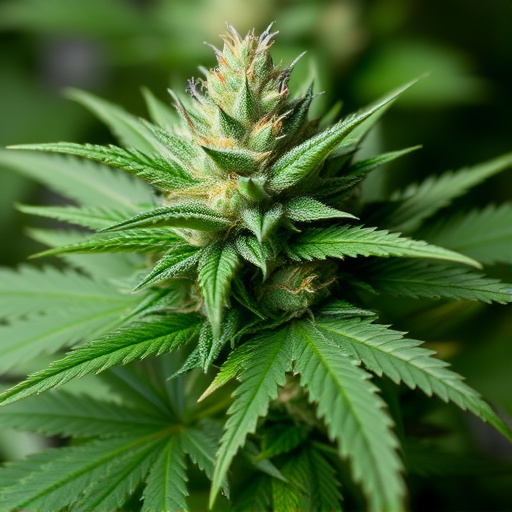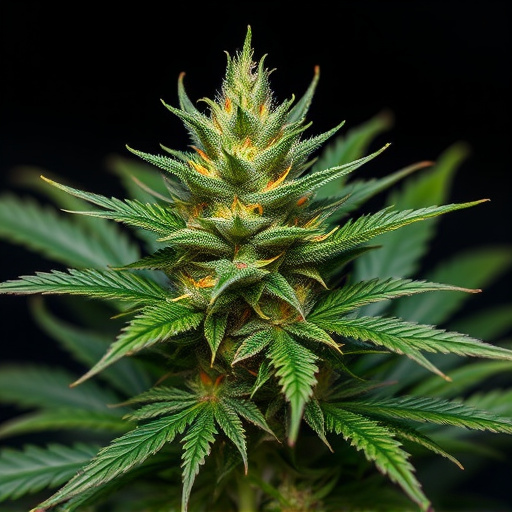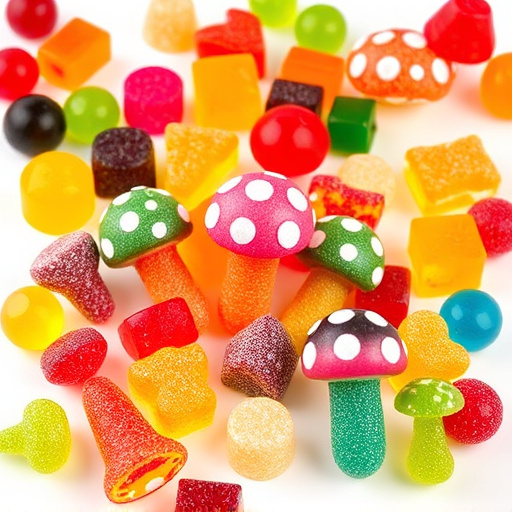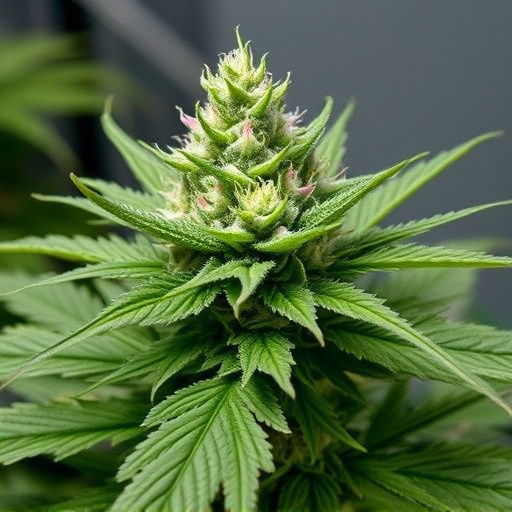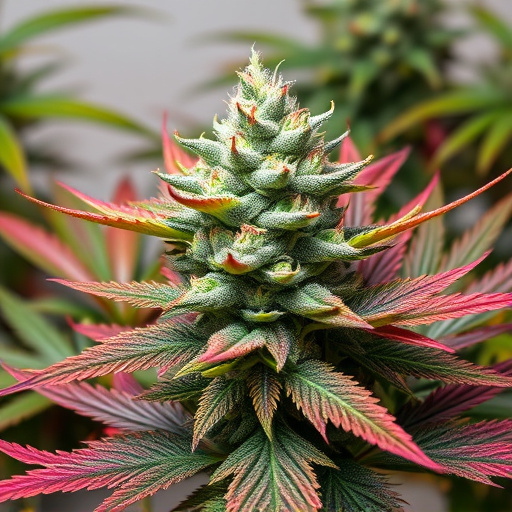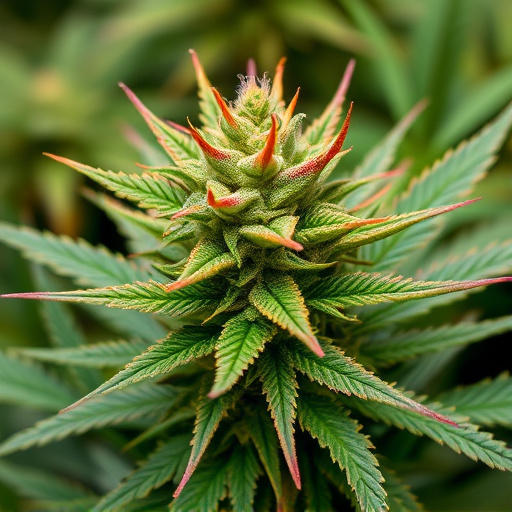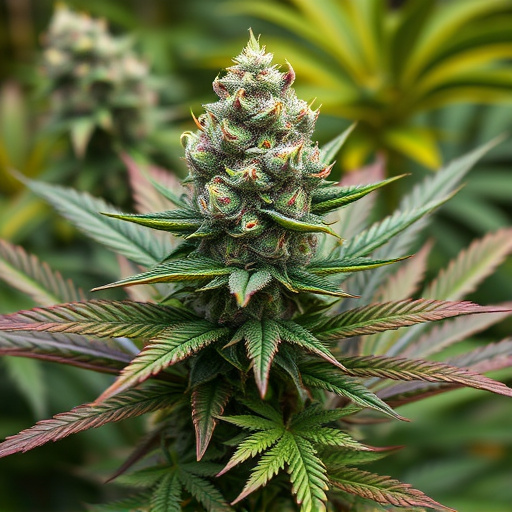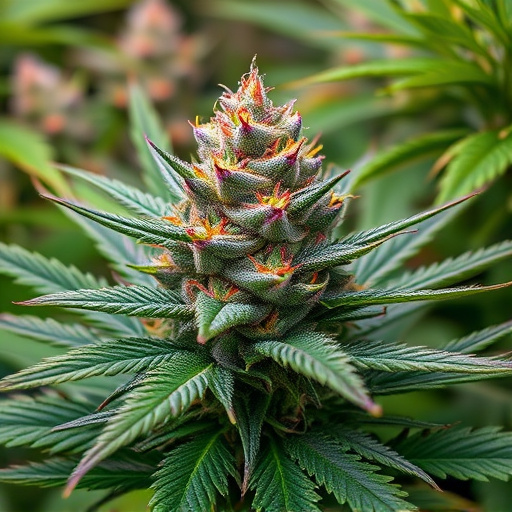The duration of a weed high varies greatly due to individual factors like strain, tolerance, metabolism, age, and health. Exotic marijuana strains, with their unique terpene profiles and cannabinoid concentrations, offer diverse experiences from longer-lasting highs to modified intensities. Regular use can lead to shorter highs due to increased tolerance, while faster metabolisms speed up cannabis dissipation. Personal expectations, mental state, and settings also impact the perceived length of a high.
“Unraveling the factors that dictate the length of a weed high is essential for both casual users and medical patients. This article delves into ‘Factors Influencing Weed High Duration: A Comprehensive Look’, exploring various elements like strain composition, method of consumption, and individual physiology. We also examine the impact of ‘exotic marijuana strains’ on enhancing or altering effects. Understanding these variables can help users manage expectations and optimize their experiences.”
- Factors Influencing Weed High Duration: A Comprehensive Look
- The Role of Exotic Marijuana Strains in Shaping Effects
- Individual Differences and Personal Experiences: Why Time Perception Varies
Factors Influencing Weed High Duration: A Comprehensive Look
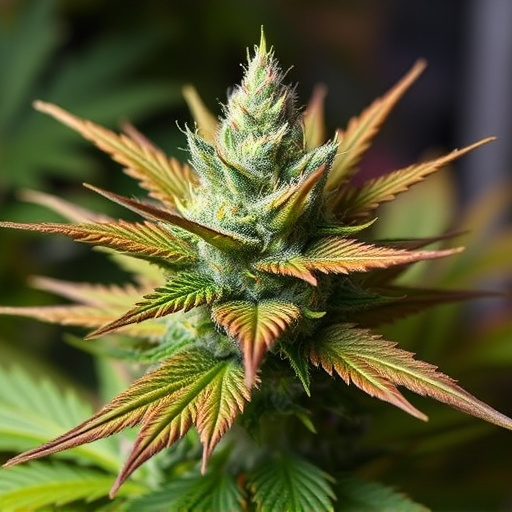
The duration of a weed high can vary significantly from person to person, and several factors play a crucial role in determining how long the effects last. One of the primary influences is the specific strain of marijuana consumed. Exotic marijuana strains, known for their unique terpene profiles and cannabinoid concentrations, often offer distinct experiences and varying high durations. Some strains may induce a longer-lasting buzz, while others provide a more temporary high. This variability stems from the diverse chemical compositions that contribute to different sensory and physiological responses.
Additionally, individual factors such as tolerance, metabolism, and overall health can impact the duration. Regular users might develop a higher tolerance, leading to shorter highs compared to occasional consumers. Metabolic rate also comes into play; faster metabolizers may experience quicker dissipation of cannabinoids. Age and overall physical condition are other relevant considerations, as they can influence how quickly the body processes and absorbs these compounds, subsequently affecting the perceived length of the high.
The Role of Exotic Marijuana Strains in Shaping Effects

Exotic marijuana strains have significantly shaped the experiences associated with cannabis consumption, particularly in terms of the duration and intensity of the high. These unique varieties, often cultivated through selective breeding and genetic modifications, offer a diverse range of chemical profiles that influence how the body reacts to the plant’s compounds, such as THC (tetrahydrocannabinol), CBD (cannabidiol), and terpenes.
The specific genetic makeup of exotic strains can lead to variations in the way cannabinoids interact with the endocannabinoid system, which is responsible for regulating mood, memory, and perception. For instance, some exotic strains may contain higher concentrations of THC, known for its potent psychoactive effects, resulting in longer-lasting highs. Additionally, certain terpenes present in these strains have been linked to enhancing or modifying the overall experience, with some compounds potentially prolonging the duration of the high while others may affect its intensity and quality.
Individual Differences and Personal Experiences: Why Time Perception Varies

The duration of a weed high can vary significantly from person to person, and this isn’t just down to the type of cannabis consumed—it’s deeply rooted in individual differences and personal experiences. While some people may feel the effects for several hours, others might experience what feels like a much shorter or longer period. This variation is influenced by a range of factors, including tolerance, metabolism, and overall mental state. Those who regularly consume exotic marijuana strains with high THC content often build up a higher tolerance, which can lead to longer-lasting highs but also potentially diminished enjoyment as the intensity increases.
Personal expectations and settings also play a crucial role in how time is perceived during a high. If an individual expects the effects to last longer based on past experiences or hears that a particular strain is potent, they might subconsciously interpret their heightened senses as prolonging the high. Conversely, being in stressful or unfamiliar environments can make users feel like the high has worn off faster due to increased anxiety or distraction.
In exploring what affects the duration of a weed high, we’ve uncovered a complex interplay between various factors. From the unique characteristics of exotic marijuana strains to individual biological differences, each plays a significant role in shaping the time perceived during intoxication. Understanding these influences can help users better anticipate and enjoy their cannabis experiences, ensuring they align with personal preferences and expectations.
